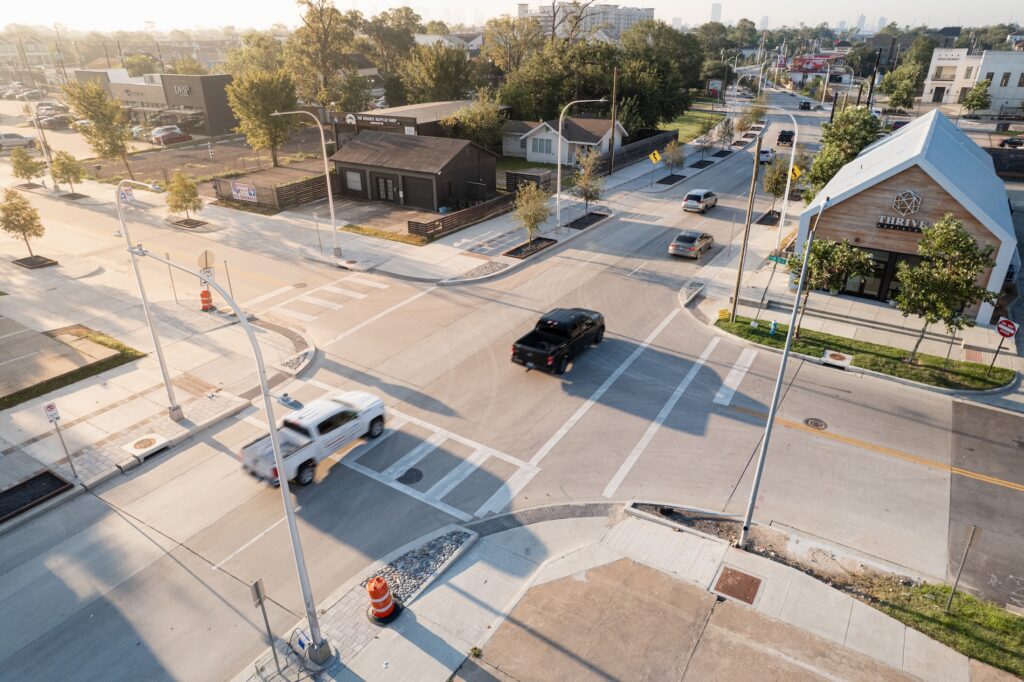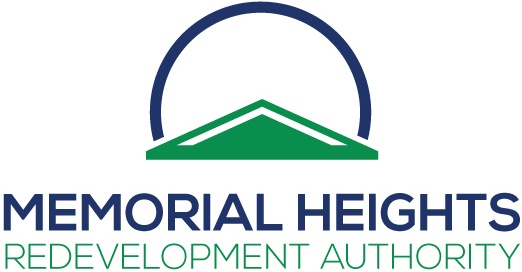
1. What specific areas are impacted during this phase of The Shepherd Durham Project construction?
This phase of the project focuses on Durham Dr. from the 610 Loop south to 27th Street, with various lane closures and traffic adjustments expected along this corridor. To reduce traffic impacts, work progressed along Durham Dr. as far north as possible before requiring these lane closures to complete the work to the northern limit of the project.
2. What is the timeline for this phase of the project?
Work began the week of September 18, 2024. The timeline for completion will depend on weather conditions and construction progress, however, the goal for completion is mid-December, 2024
3. What lane closures are currently in effect?
- Two left lanes of Durham Dr. south from 30th St. to the 610 Loop.
- One left lane of the 610 westbound frontage road at Shepherd Dr. (Note: This does not affect the U-turn lane from the 610 westbound frontage road to the eastbound frontage road at Shepherd Dr.)
- Lane closures will change as work progresses. Drivers should expect delays and consider alternate routes.
4. What measures are in place to ensure communication with the public during construction?
MHRA is committed to regular communication and stakeholder engagement throughout the project to keep the community informed and involved. Updates will be posted at shepherddurham.com and we encourage interested parties to sign up for the the MHRA newsletter.
5. What are the key benefits of the Shepherd-Durham Reconstruction Project?
- Flood Mitigation: Upgraded storm sewers will help manage flooding, a long-standing issue in the area.
- Improved Infrastructure: New water and wastewater utilities will ensure reliable service.
- Enhanced Accessibility: Modern sidewalks, dedicated bicycle lanes, and improved intersections will promote safer travel for pedestrians, cyclists, and drivers.
- Economic Growth: The project supports local economic development, with an annual growth rate in sales tax revenue of 9% since funding, compared to a citywide average of 4.3%.
6. How is this project funded?
The $65 million in federal grants is crucial, covering nearly half of the project’s total costs. Halting Phase 2 could jeopardize this funding and the successful completion of necessary infrastructure improvements.
7. How does this project support environmental and cost-saving initiatives?
The project integrates underground wastewater upgrades with street reconstruction to meet EPA consent decree requirements cost-effectively, avoiding higher expenses associated with separate projects.
8. How has the community responded to the project?
The project has received strong support from local neighborhood groups, including the Greater Heights Super Neighborhood and the Houston Heights Association. Residents recognize the anticipated improvements in safety, accessibility, and overall quality of life.
